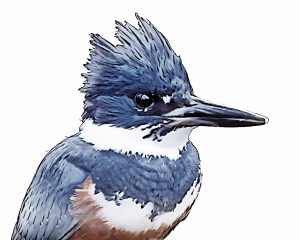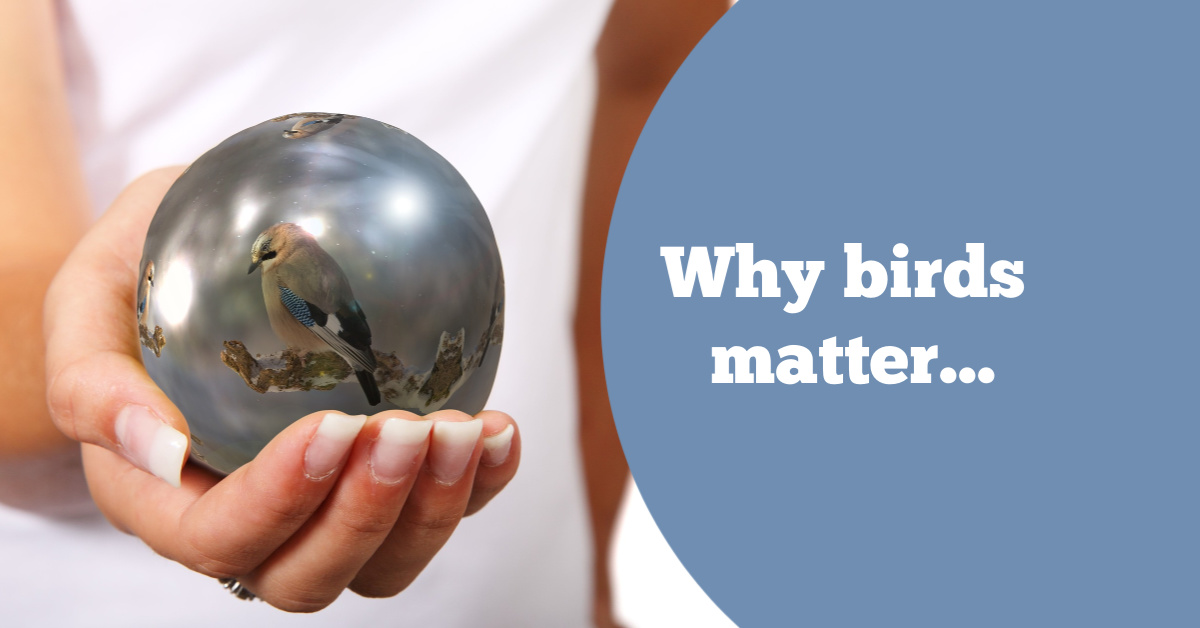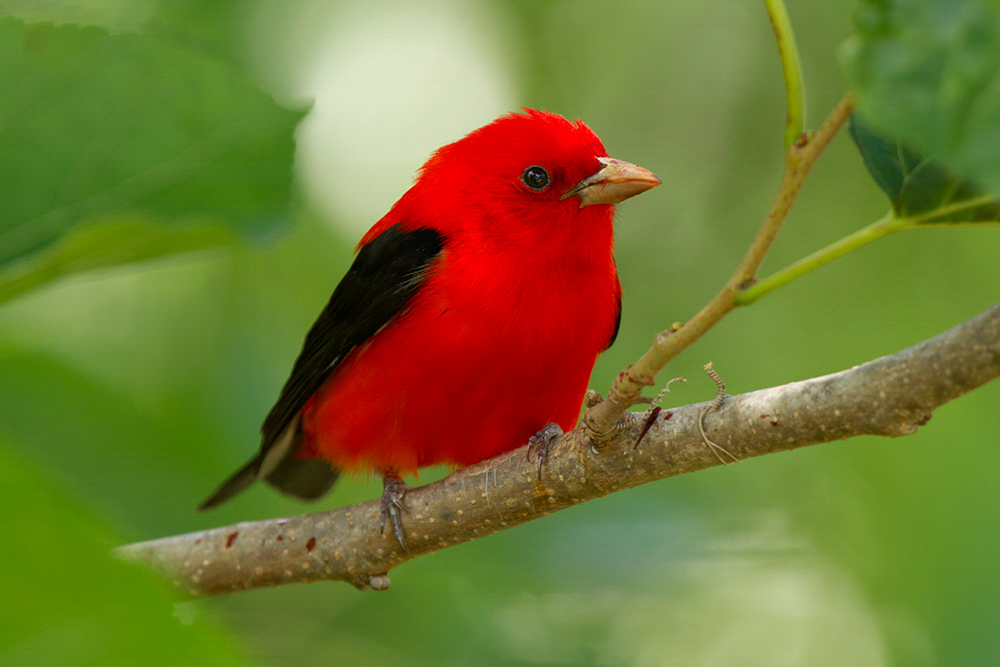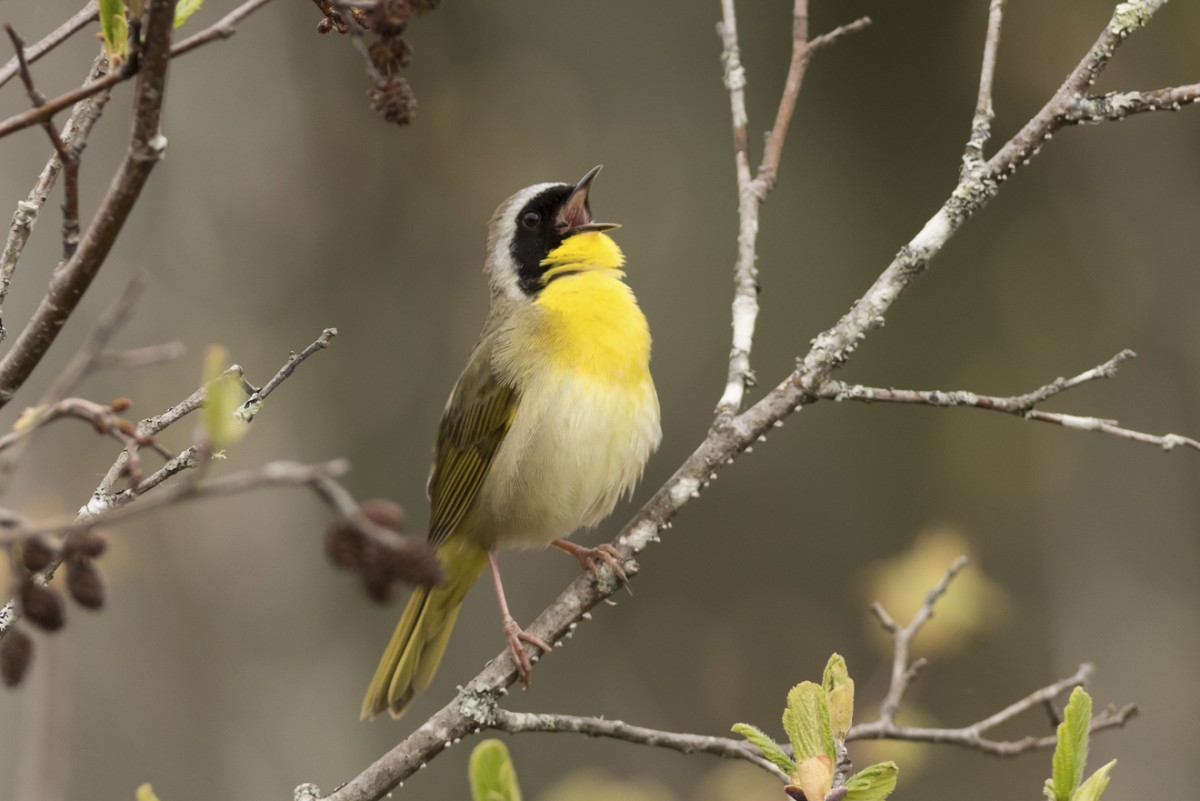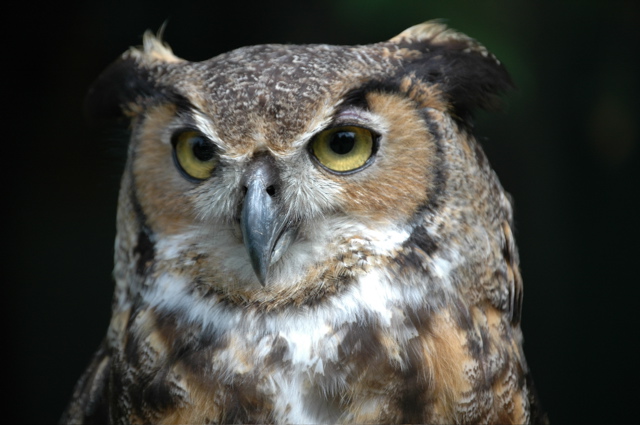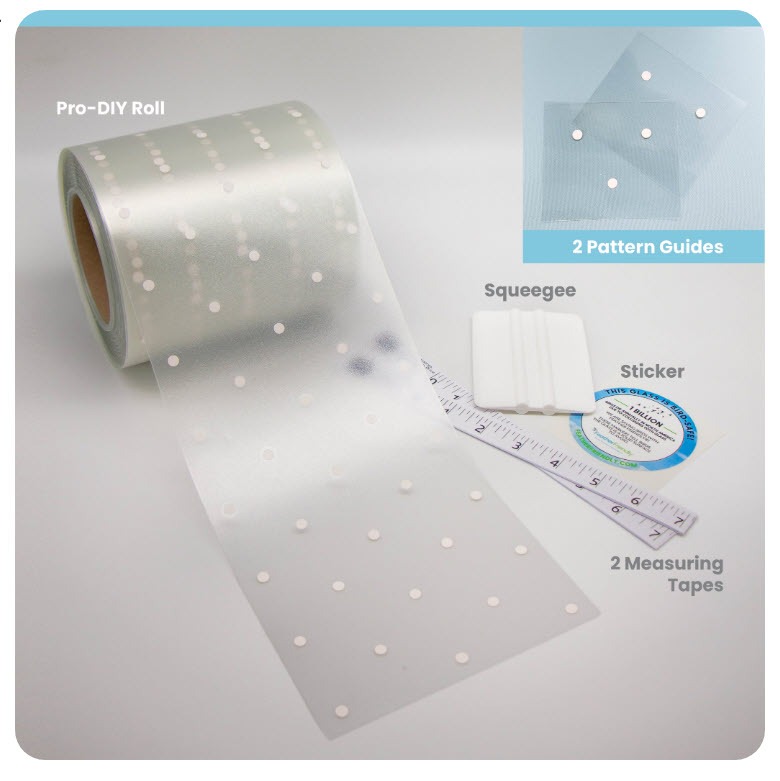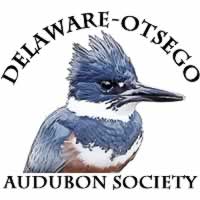Please Help Us Continue Our Golden Eagle Research as noted above, the need is great. If you would like to support our lead-free ammunition education efforts as well, please make that Tom Salo clear in a note, or write a separate check. Thanks to all the donors who have supported last season’s effort to learn about winter resident Golden Eagles. Our work has been very successful. During a protracted and intense winter we managed to capture and tag 3 birds using methods and equipment that were totally new to trapper Scott VanArsdale. We are patiently awaiting the return of 2 birds from the wilds of northern Quebec. Sometime in October we expect them to move south and contact the cell network. Six months of data will then download showing where they spent the summer. Even with the limited data we have, what we have learned is remarkable. It leaves us with a growing list of questions.
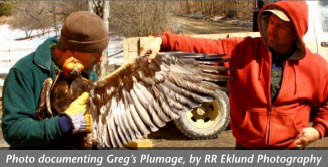 After receiving his GPS transmitter, Greg – the large aggressive male – spent much of the next 2 weeks along the Marcy-South power line before leaving our area and entering Quebec. We don’t know if Greg’s affinity for power line openings is typical of goldens in our region. If it is, the avian assessments for the wind projects that are proposed along a power line may need to be adjusted. Before anyone can assess the danger to birds using the power line ridges, much more data is needed. That means we need to track more birds.
After receiving his GPS transmitter, Greg – the large aggressive male – spent much of the next 2 weeks along the Marcy-South power line before leaving our area and entering Quebec. We don’t know if Greg’s affinity for power line openings is typical of goldens in our region. If it is, the avian assessments for the wind projects that are proposed along a power line may need to be adjusted. Before anyone can assess the danger to birds using the power line ridges, much more data is needed. That means we need to track more birds.
Jean – the adult female that embodied the power that makes these birds so iconic – used about 500 square miles of Catskill habitat last winter. This habitat area has few birders, and has yielded few reports of goldens. In this coming winter we are planning a one day Eagle Survey in Delaware County to gain more knowledge of actual golden eagle numbers. If this effort is successful, we hope to repeat it in other areas known to harbor goldens in winter. Hopefully, when Jean returns from her summer in Canada we will learn if she nested successfully.
Maxine – the first bird we caught – disappeared. Strong circumstantial evidence suggests she died of lead poisoning after feeding at a site where feral pigs killed with lead ammunition had been dumped. This has resulted in an intensifying of our lead-free ammunition education efforts. More about these efforts later.
NYSDEC is being very supportive of this research. They provide a licensed trapper and are currently considering our proposal to fund a graduate student at the SUNY College of Environmental Science and Forestry using money from Pittman-Robertson funds (the federal excise tax on firearms and hunting equipment that supports wildlife conservation). What we need moving forward is to track more birds and acquire a more robust sample. Our goal is to track a minimum of 10 birds through a complete migration cycle. Your donations will be well used. The tracking devices are expensive at $2700 each. We also need to pay data fees, and purchase blinds and other supplies. Enclosed in the September issue of The Kingfisher is an envelope for donations to support our eagle research. Please give generously – as noted above, the need is great. If you would like to support our lead-free ammunition education efforts as well, please make that clear in a note, or write a separate check.
Tom Salo
